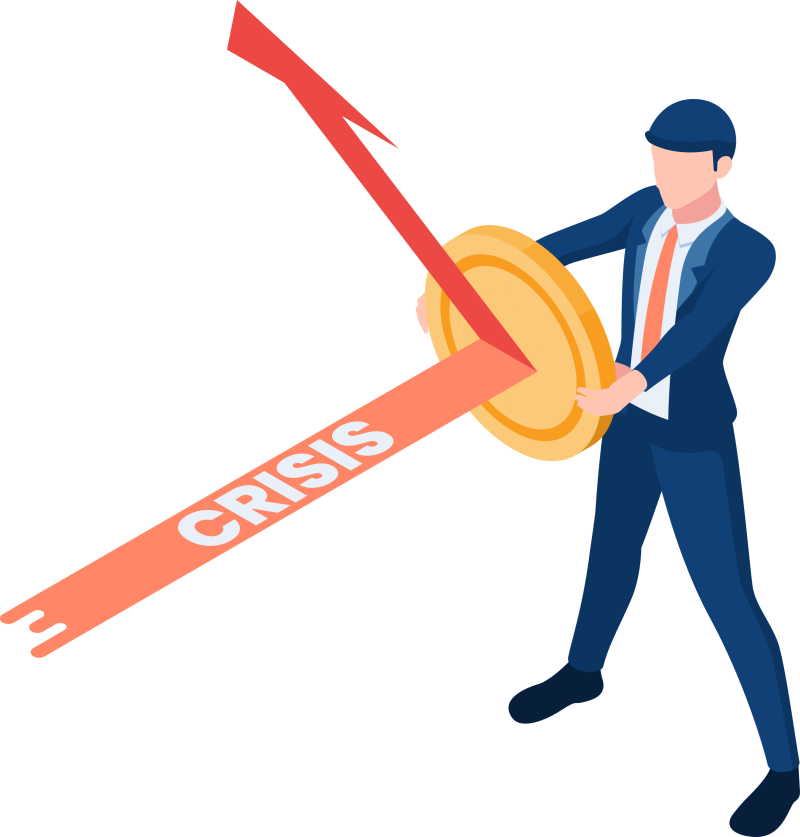Customer Success Management Leadership & Management
Just like any other business function, customer success management needs to be managed and led. Included within this “management and leadership” requirement are a number of essential components that must be got right. Our contention in this article is that rather than relying upon chance for this to occur, businesses should be putting effort in advance into determining their true management and leadership requirements, and then developing their recruitment and retention policies and processes around the maximum chances of attaining those requirements. This short article will briefly explore each of these components.
Strategic Research & Analysis
Gaining insight into the needs of both clients and the business itself, in order to determine what types and natures of customer success management activities are necessary, so that these can be planned for. This means gaining a profound understanding of the nature of each customer segment, including its outcomes requirements, challenges, and preferences in terms of ways of working and willingness to partner around success planning.
Strategic Planning
Overall planning for the successful ongoing operation of the customer success management function as a whole, as opposed to more tactical, day-to-day planning to carry out specific individual activities. This means that both for now and for at least the short-term future (though preferably for the medium to long term as well), the customer success management leader has a vision for the customer success function, and has developed key strategies for attaining that vision, each with KPIs to help determine movement towards their attainment.
Measurement & Reporting
Determining and/or agreeing on functional targets (for example on a monthly, quarterly, and annual basis) that will support the direction and speed of travel of the organization as a whole, followed by taking and analyzing regular measurements to determine progress, and reporting (both formally and informally) on that progress to the business and to the team. These reports should be factual in representing the data but should also include costed recommendations for change where relevant. Reporting needs to be timely, efficient, and understandable by the recipient. This may mean a careful selection of language used and how data is displayed (for example a chart can sometimes help decision-makers understand data much better than a table could).
Team Capability Planning
Determining what capabilities are required within the team that will enable that team to perform the relevant actions that will lead to high performance (ie to satisfactory attainment of the function’s targets). Some teams employ only “general CSMs” who are all required to carry out the same or similar responsibilities, albeit with a different cohort of clients. Other teams (and especially large and/or more mature teams) will require various specialists to be on the strength of, as this will enable more technical information to be covered by the team as a whole in a more effective manner. This might for example include CS Ops or client industry specializations.
Team Capability Management
Ensuring that those capabilities that have been determined within the plan to be required by the team are in fact present within the team and are of a sufficient quantity and quality to meet target requirements. This includes both recruitment activities (hiring new team members to bring in additional capabilities, and if necessary, firing incompetent existing team members) and team development activities, including group and individual, formal, and informal training, coaching, and mentoring. It also includes provisioning of other assets and resources such as software, playbooks, process sheets, how-to guides, etc.
Team Resource Management
Having ensured that the capability is available for use, it is also the team leader’s responsibility to actually allocate tasks and resources to team members (either individually or collectively) to ensure not only that “the work gets done”, but that it is completed to an adequate standard, and within an adequate timeframe. This may well mean using models and data analysis to predict future trends, as well as liaising with team members themselves to allocate the tasks and resources and to manage any issues arising from doing so.
Team Leadership
This includes the setting of standards for hard work, for quality, and for attention to detail. The encouragement and emotional support of both individuals and the team as a whole. The development of a positive, collaborative, and work-effective team culture that inspires, motivates and enables the best possible level of work from each team member. Team leadership can often be best done from the front, by setting examples for expected attitudes and behaviors that others will be inspired to follow.
Crisis Management
This is the ability to “take the wheel” during difficult times and assume the responsibility for overcoming whatever challenges lie ahead. It may well involve emotional maturity, enabling the customer success management leader to “keep a cool head” when others are panicking or otherwise acting irrationally. It could also mean dealing with difficult behaviors from others, including both team members and client stakeholders, who may themselves be stressed or otherwise emotionally compromised (for example due to anxiety, anger, fear, tiredness, etc).

Representation of the CS Function to the Business
As well as being responsible for managing and operating the customer success management function, the leader of this function is also the person with the primary responsibility for evangelizing the benefits and activities of customer success management to other parts of the business, and for securing collaborative cooperation with these other parts. In particular, the Sales/Account Management, Marketing, Product Development, and Client Support functions spring to mind as essential to collaborate tightly with. Additionally, the customer success management leader needs to liaise with and report to senior leaders and maintain senior leadership support for funding and other approvals as necessary.
Creative Agility
This is the ability not just to carry out the plan as previously determined and laid down, but where and when necessary to use mature judgement based upon experience to decide to depart from the plan and do things differently. Whilst the majority of the time, it will be best to follow the plan (assuming the plan has been well thought through in the first place), there are times when circumstances dictate that this is no longer the case. Examples of this might include sudden changes in economic circumstances (2008 for example), and medical emergencies such as pandemics (2020 for example).
Where Do Leaders Come From?
Having reviewed the most essential aspects of customer success management team leadership capability, I think it is self-evident that the expertize (i.e. the knowledge, skills, and experience) required to be a good CS Leader are not the same as those to be a good CSM (often referred to as an individual contributor). It should not therefore come as a surprise to learn that one cannot just simply expect to be able to promote customer success management leaders up from “the ranks” within the CS team without expending effort to “cultivate the garden” beforehand.
Take Time to Nurture New Leaders
Where senior leaders spot potential new business leaders, care should be taken to nurture those potential new leaders through training, coaching, and mentoring over a long period of time. This will help the company to bring forth its own new generations of strong leaders, ensuring it does not consistently have to rely entirely upon fresh blood from outside of the company. The advantages here include the cost of recruitment, but much more than that, it ensures continuity of strength of purpose and understanding of and dedication to the corporate vision and mission, which in turn is likely to yield consistently greater results in terms of efficiency and effectiveness from the customer success team as a whole.








